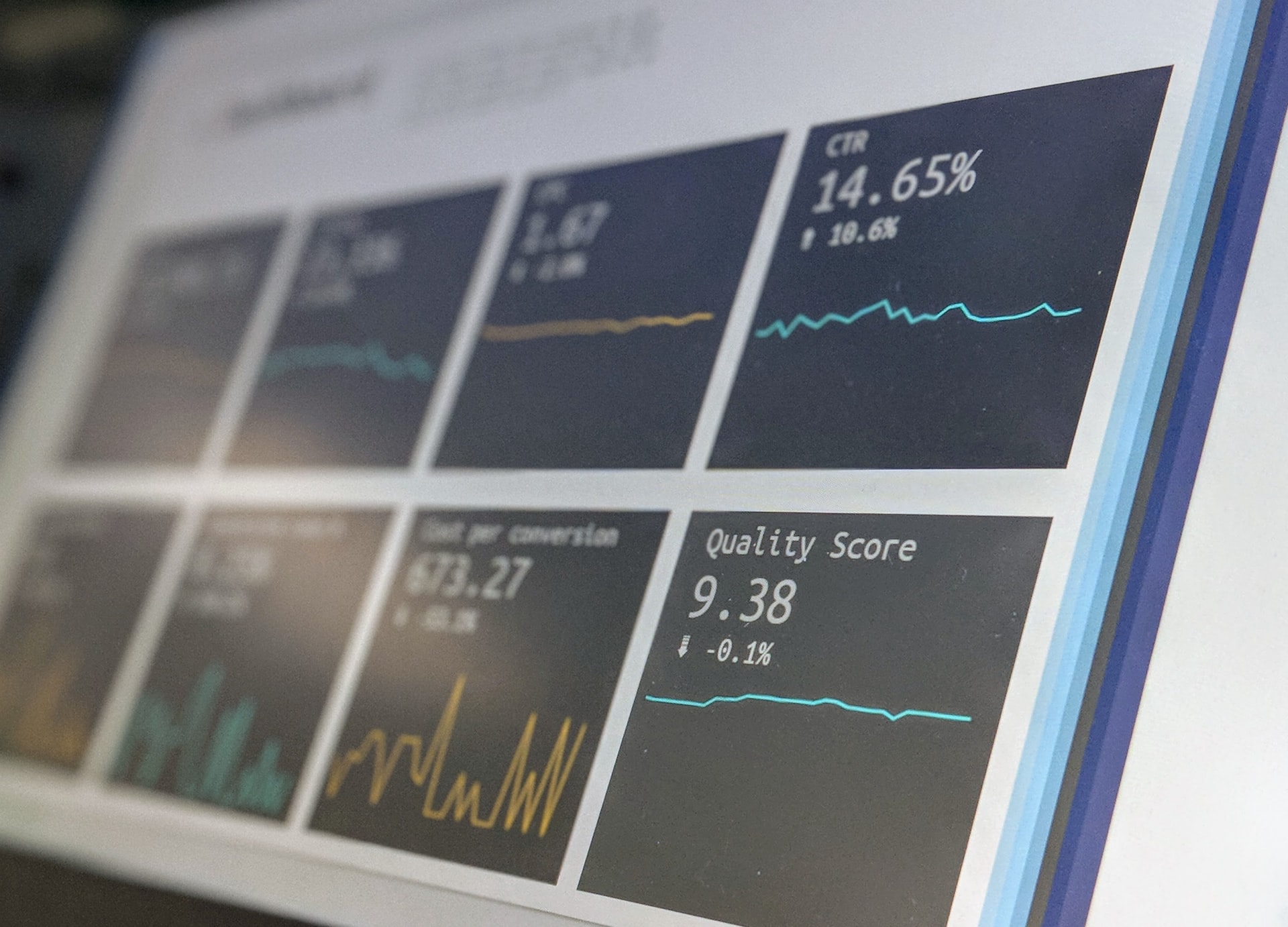There’s more to SEO than simply keywords and backlinks (i.e., keyword rankings, backlinks, traffic, etc.). Getting to know your target market and tailoring your SEO strategy to meet their specific needs is also critical. Conversion rates rise when search engine optimization targets a certain demographic. SEO audience research and analysis may be accomplished in a variety of ways. You’ll benefit from using these tools as you go, and you can also benefit from hiring the best digital marketing agencies.
Keywords may be used to Gather Demographic Information:

Any SEO plan must include keyword research as a foundational element. As you may have guessed, your product or service should be the emphasis of your keywords. Make a complete list of phrases, choose the top five that best describes the image of your organization, and then do demographic research to support those selections. Demographics.io is a good resource for locating this data. For instance, the word “digital marketing” is used in this manner.
Besides that, Baidu Trends will show you how the location’s demographics have changed over time and the term’s trend. Consider the following as an example of “digital marketing.” Knowing your audience’s age, gender, and location may help with several areas of search engine optimization. Possible local links may be established in the neighborhood of the investigation. Many words and topics are peculiar to a certain age or gender group.
Determine who Visits your Site:

An arrow painted with a target surrounding it to increase its flight distance is a good analogy for how this method works. However, knowing who is visiting your website is crucial if you want to determine whether this is the right target market for your product or service. Baidu Analytics is an easy method to access this information.
Before proceeding any further, you should check whether your account’s demographic and interest data are enabled. With this option enabled, a range of demographic data about your target audience will be available. Your audience’s interests and demographics may be pinpointed using this information. Alternatively, you may find that the data you’re looking at directly conflicts with the demographics of the customers your company hopes to reach. The content and keywords must be aligned before publishing.
Analysis of other Brands:

The websites of your competitors and other businesses may also provide valuable information about your target audience. Simply put, you want to acquire as much information as possible on your target market and their psyche. The following tools may be used to help with this kind of analysis. Using this data, you may better understand your target audience and provide ideas for future content themes and venues, just like you did with the initial plan. You may also find link-building suggestions based on your interests.
Utilize Information Gleaned from Social Media Social:
You can quickly discover a lot about your target demographic by using media. On the following page, you can see how many people have liked and followed our business on Facebook:
Your competitors and other companies may be monitored using Followerwonk’s audience statistics. Using this tool, you may see what the user discusses in a word cloud. The Followerwonk word cloud might help you develop fresh ideas for content marketing and keywords.
Send Out a Poll:
This procedure has a few stages, but it is the simplest. You may discover more about your audience by conducting a survey. To get a large number of responses:
- Keep your surveys short and enjoyable.
- Ask about the folks you’re interviewing demographics, interests, and needs. This post will teach you how to implement surveys for content marketing.
- Utilize the survey results to uncover content ideas, such as photos and videos, keyword goals, and more.
Investigate the issue’s fundamental cause. Therefore you need to remember the above 3 points.
Identify the Problem:
Increasing focus on offering solutions instantly in the SERP. We must be able to anticipate the long-tailed queries of our target audience if we are to succeed in reaching them. Considering that these tools are built on various data sources, giving them a go is well worth it. You may view an example of Answer The Public here. Do something with what I’ve learned. The more frequently asked questions you can answer, the more likely you will appear in Baidu’s search results.
Study Secondary Data:

You may perform additional research to fill in any gaps in your knowledge about your target audience if you have an idea of their demographics. See if you can find out who the people in the crowd are. Improve your personas and the results you want to achieve via SEO by using this extra study.
Conclusion:
Research and analyze your target audience to understand your existing SEO efforts better. You’ll reap the Methods to Research & Analyze Your Audience for SEO of your time and work in the form of more targeted traffic to your website.
